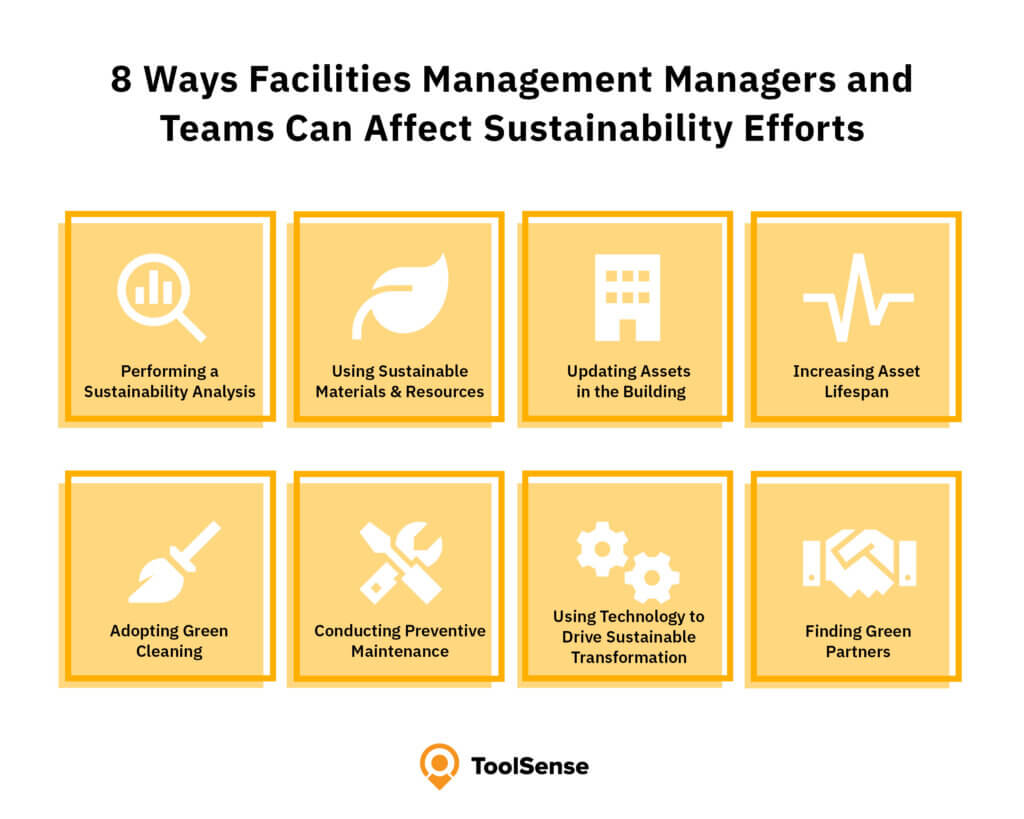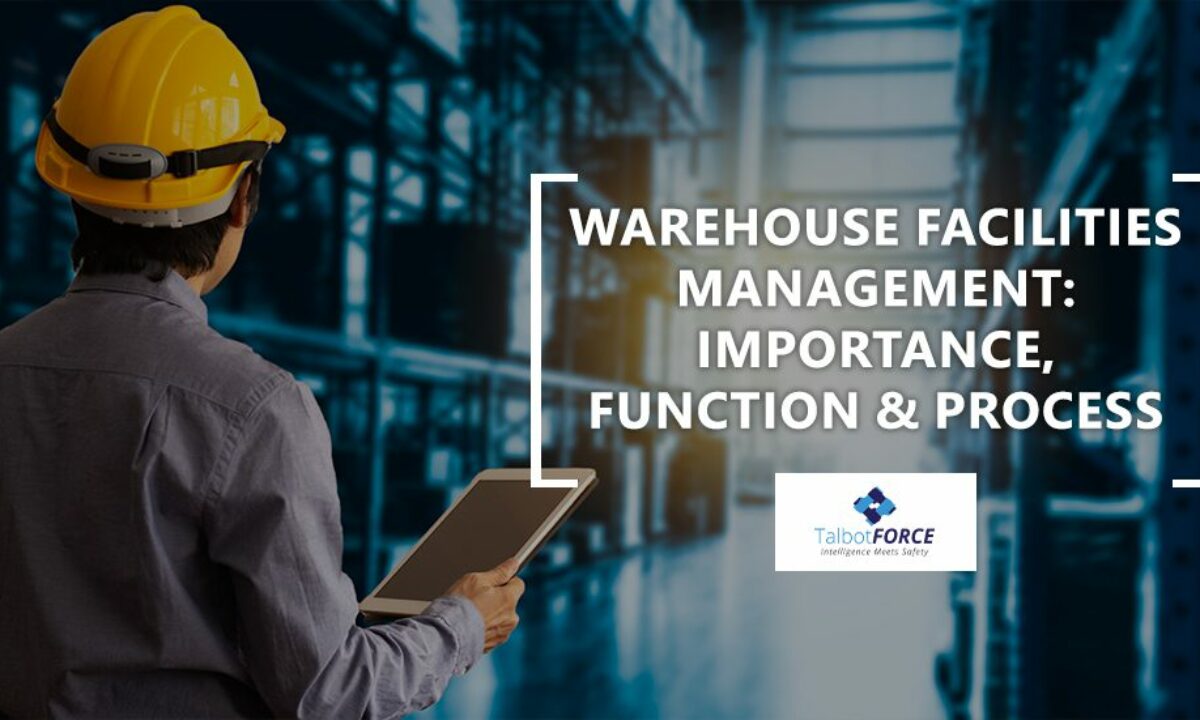The Essential Overview to Facility Administration: Approaches for Success
Facility administration plays a critical role in the general success of a company, offering as the backbone that supports productivity, safety, and efficiency. The nuances of efficient facility management prolong beyond simple logistics and need an extensive understanding of both qualitative and quantitative metrics.
Recognizing Center Management
What comprises reliable facility monitoring? Effective center monitoring encompasses the sychronisation of different business features to ensure that developed atmospheres are secure, effective, and for productivity. Facility Management. It incorporates the concepts of design, business, and design monitoring to create a seamless functional circulation within a company
Crucial element of center administration include space planning, upkeep management, and conformity with health and wellness guidelines. Room preparation focuses on optimizing using physical sources to support business goals, while upkeep monitoring makes sure that facilities are kept in optimum condition, making the most of life-span and decreasing functional costs. Compliance with regulative and lawful standards is critical, as it safeguards the company against prospective responsibilities and enhances its reputation.
In addition, efficient center administration depends on the tactical use technology, such as Building Administration Equipment (BMS) and Computer-Aided Facility Management (CAFM) devices. These technologies assist in real-time surveillance of structure systems and simplify upkeep processes. Ultimately, an extensive technique to facility monitoring not only advertises functional efficiency however likewise cultivates a positive environment for employees and visitors alike, driving overall organizational success.
Key Methods for Optimization
Maximizing facility administration needs a calculated method that straightens operational exercise with organizational goals. To accomplish this, the very first vital strategy is the application of integrated technical services. Using innovative software systems allows for real-time surveillance of center operations, promoting data-driven decision-making and boosting general effectiveness.
Secondly, normal evaluations of facility efficiency are crucial. Performing routine assessments and audits makes it possible for center supervisors to determine areas that require enhancement, guaranteeing that sources are designated efficiently. This proactive strategy assists in minimizing downtime and boosting service distribution.
One more critical approach is promoting cooperation across divisions. By motivating open communication in between teams, center managers can much better align their approaches with service goals, causing improved functional synergy. Furthermore, engaging personnel in training programs advertises a society of accountability and boosts their ability to add to optimization efforts.
Enhancing Security Methods
Enhancing safety and security procedures is vital for creating a protected setting within centers. A comprehensive security method not only safeguards visitors and workers yet also improves functional performance. To achieve this, facility managers need to perform regular danger evaluations to make certain and recognize potential risks that proper actions are in area.
Educating and education and learning are essential elements of efficient security procedures - Facility Management. Staff members need to obtain recurring training in emergency situation procedures, tools handling, and personal protective measures. Normal drills, such as fire emptyings or lockdown procedures, foster familiarity and preparedness amongst staff
Furthermore, clear communication channels should be established to report safety concerns quickly. This includes creating an easily accessible platform for workers to voice potential hazards or occurrences without fear of . Leveraging modern technology can boost safety and security procedures; for instance, applying surveillance systems and gain access to controls aids keep an eye on facility tasks and limit unauthorized access.
Last but not least, conformity with local regulations and industry criteria is non-negotiable. Normal audits and testimonials of safety and security protocols guarantee alignment with existing legislations and best methods. By prioritizing these strategies, center supervisors can grow a culture of safety and security that protects all stakeholders and inevitably adds to the organization's success.
Improving Office Atmosphere

Ergonomic factors to consider are necessary to minimize physical strain and pain. Facility informative post Management. This entails offering adjustable furnishings, proper lights, and ample room for movement. These modifications can result in decreased absenteeism and increased work contentment
Aesthetic appeals play a crucial role in shaping the office ambience. Using color psychology, all-natural illumination, and greenery can cultivate a stimulating and welcoming setting. Thoughtfully made rooms can boost creative thinking and enhance general health.
Additionally, encouraging worker interaction via comprehensive decision-making procedures can improve the sense of ownership and belonging. Collecting comments on office enhancements and involving staff members in the style procedure can cause a much more customized environment that meets their needs.
Last but not least, promoting health efforts, such as wellness programs and relaxation areas, can even more add to a supportive workplace culture. By concentrating on these methods, facility supervisors can efficiently boost the office setting, driving both staff member satisfaction and business success.
Gauging Success in Facilities
Measuring success in center management needs a important site detailed method that assesses both qualitative and measurable metrics. Measurable metrics typically consist of key efficiency indicators (KPIs) such as space application prices, energy usage, upkeep costs, and tenancy levels. These metrics supply a clear photo of operational effectiveness and economic performance, allowing facility managers to identify areas for enhancement and standard against sector criteria.
Qualitative metrics, on the other hand, concentrate on individual complete satisfaction and staff member interaction. Studies and responses devices can gauge how well the facilities fulfill the needs of residents, assisting to examine the total workplace setting. This aspect is vital, as a pleased labor force is usually linked to boosted productivity and retention rates.
To efficiently measure success, center managers need to likewise take into consideration incorporating modern technology, such as constructing administration systems and data analytics tools, to collect and evaluate appropriate data. On a regular basis evaluating both sets of metrics allows for a much more well balanced sight of performance and informs strategic choices. Inevitably, an effective center monitoring approach depends upon a commitment to continuous improvement, making certain that both functional performances and individual contentment are prioritized.
Conclusion

Center monitoring plays a vital duty in the total success of an organization, offering as the foundation that sustains efficiency, safety, and efficiency.Key elements of facility administration consist of room planning, maintenance administration, and conformity with health and safety regulations.Furthermore, effective center monitoring counts on the critical usage of technology, such as Building Management Systems (BMS) and Computer-Aided Center Monitoring (CAFM) tools. Ultimately, a detailed strategy to center monitoring not just advertises functional efficiency but also cultivates a favorable setting for staff members and visitors alike, driving general business success.
Ultimately, a successful center management technique pivots on Visit Your URL a dedication to constant enhancement, guaranteeing that both operational efficiencies and user fulfillment are prioritized.